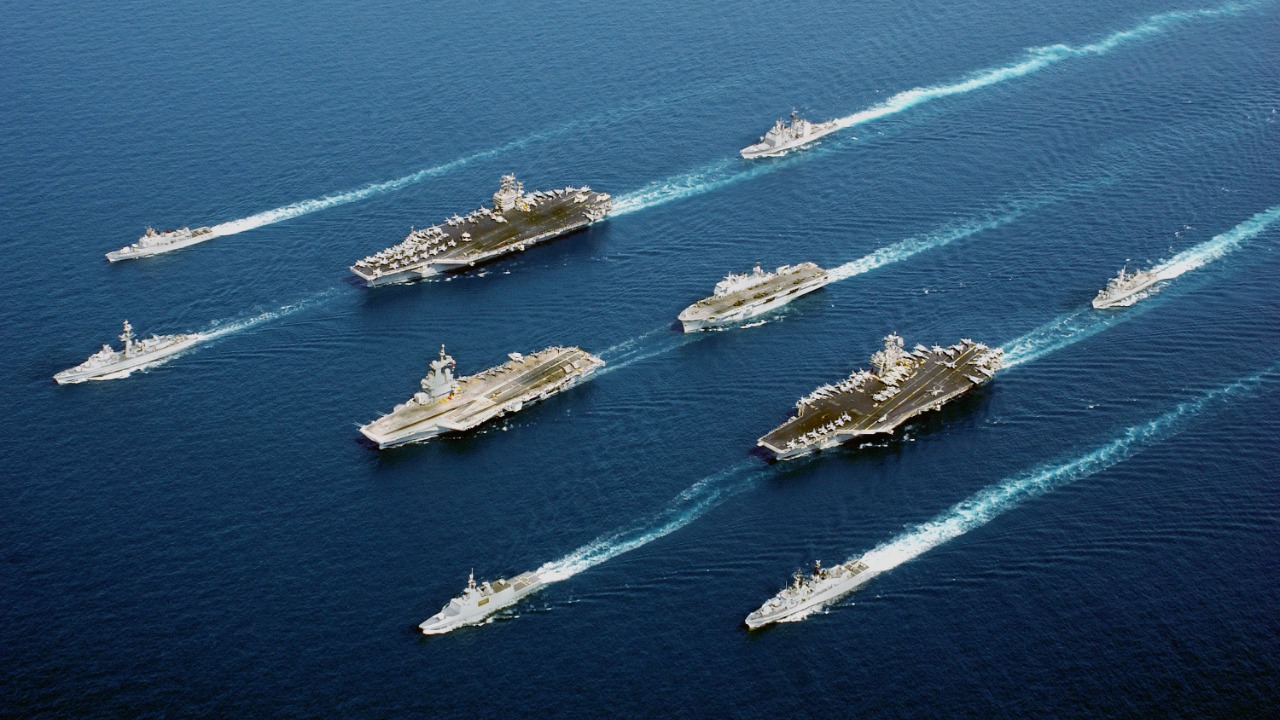
A pivotal analysis highlights how China has developed a crucial advantage over American aircraft carriers in modern naval warfare. This edge becomes increasingly significant as U.S. naval strategists continue to affirm the enduring value of carriers, as detailed in the July 2024 issue of USNI Proceedings titled “Aircraft Carriers: Still Indispensable.” These insights reveal shifting balances in global sea power without diminishing the carriers’ core role.
Defining China’s Naval Edge
China’s strategic advantage over American aircraft carriers primarily lies in its ability to deploy and sustain naval forces more efficiently in contested regions. This advantage is particularly evident in the South China Sea, where China’s proximity and infrastructure allow for rapid mobilization and resupply. The October 21, 2025 report underscores the timeliness of this advantage amid current geopolitical tensions, highlighting how China’s naval strategy leverages these asymmetries to enhance operational flexibility. By maintaining a robust presence in the region, China can exert influence and project power more effectively than the U.S., which must contend with longer supply lines and logistical challenges.
The strategic implications of China’s advantage are profound, as it allows for a more agile and responsive force posture. This capability is crucial in areas like the South China Sea, where territorial disputes and freedom of navigation operations frequently test the limits of naval power. China’s ability to sustain operations in these contested waters without the same logistical constraints faced by the U.S. Navy provides a significant operational edge. This advantage not only enhances China’s regional influence but also challenges the traditional dominance of American aircraft carriers in projecting power across the globe.
U.S. Carrier Indispensability in Doctrine
Despite China’s growing naval capabilities, American aircraft carriers remain a cornerstone of U.S. military doctrine. The assertion that aircraft carriers are still indispensable is supported by doctrinal evaluations of power projection, as detailed in the July 2024 publication in USNI Proceedings. This analysis illustrates the persistent reliance on carriers for global missions, emphasizing their role in maintaining a forward presence and deterring potential adversaries. Carriers provide unmatched versatility, capable of launching airstrikes, supporting ground operations, and serving as command centers in various theaters.
However, the 2025 analysis also highlights vulnerabilities in the U.S. carrier fleet that China’s approach seeks to exploit. These vulnerabilities include the carriers’ susceptibility to advanced missile systems and the challenges of operating in heavily contested environments. As China continues to develop anti-access/area denial (A2/AD) capabilities, the U.S. must adapt its strategies to mitigate these threats. This dynamic underscores the need for continuous innovation in carrier operations and tactics to maintain their indispensability in modern warfare.
Evolving Carrier Technologies and Tactics
Advancements in carrier design and technology are crucial in addressing the challenges posed by China’s naval strategy. China’s integration of hypersonic assets and other cutting-edge technologies amplifies its advantage, necessitating a corresponding evolution in U.S. carrier capabilities. The development of new carrier designs, such as those incorporating advanced stealth features and enhanced defensive systems, is essential to countering emerging threats. These innovations aim to enhance the survivability and effectiveness of carriers in contested environments.
U.S. countermeasures, as outlined in the “Aircraft Carriers: Still Indispensable” piece, emphasize adaptive tactics and technological advancements to narrow the gap. These include the deployment of unmanned systems, improved electronic warfare capabilities, and enhanced missile defense systems. By integrating these technologies, the U.S. Navy seeks to maintain its strategic edge and ensure the continued relevance of aircraft carriers in future conflicts. The ongoing evolution of carrier tactics and technologies is critical in addressing the challenges posed by China’s naval advancements.
Strategic Implications for Pacific Dominance
The insights into China’s advantage have significant implications for deterrence strategies in the Indo-Pacific theater. As China continues to expand its naval capabilities, the U.S. must reassess its force posture and strategic priorities in the region. The long-term indispensability of aircraft carriers, as discussed in the USNI Proceedings, remains a key consideration in maintaining a credible deterrent against potential adversaries. However, the evolving nature of naval warfare requires a flexible and adaptive approach to ensure continued dominance in the Pacific.
Potential escalation scenarios, where China’s naval edge alters force postures, highlight the need for a comprehensive strategy that addresses both conventional and unconventional threats. By leveraging its strategic advantages, China can challenge U.S. influence and reshape the balance of power in the region. To counter this, the U.S. must invest in new technologies, strengthen alliances, and enhance its operational capabilities to maintain a competitive edge. The strategic implications of China’s advantage underscore the importance of a proactive and forward-thinking approach to securing Pacific dominance.